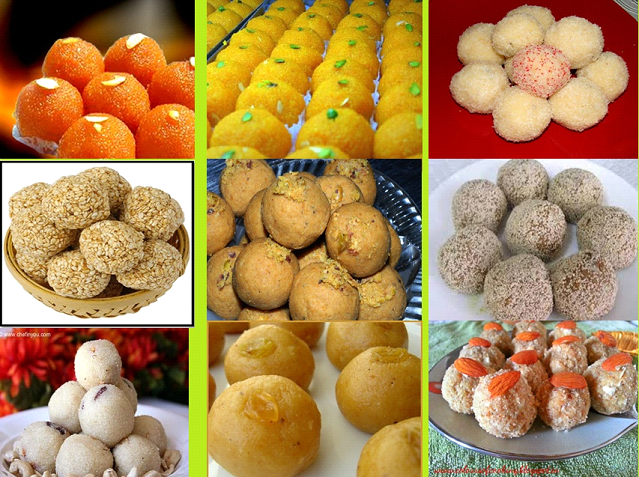
Tale of Laddus
Round sweet dish namely Laddu from India, which is Elephant God Lord Ganesha’s favorite, has interesting tales about its origin and nutrition values. There are so many types of laddus- Besan, coconut, rava, boondi, peanut, sesame, shahi (dry fruits), moong daal laddu etc. Each type of laddus has various types of nutritional values. The Oxford dictionary defines the laddu as an Indian confection, typically made from flour, sugar and shortening, that is shaped into a ball.
In the year 1893 when British chef William Harold left India, he carried a brass tin full of laddus. He presented it to other fellow Britishers saying “the globe of sweet deliciousness made from little globes of sweet deliciousness”. He carried these laddus with lots of curiosity and fondness.
Curiosity is because of variation in types of laddus. There are about 300 varities of laddus in India and each is unique to its region of origin. In Indian Ayurvedic texts, laddus are considered as medicinal-laddus. It is said that the surgeon Sushruta of the 4th century BC used a mix of sesame seeds, peanuts, jaggery or honey to treat his surgical patients. During Chola dynasty the same laddus became offerings for Gods.
In ancient ledger of King Harshavardhana there is a mention about how laddus became breakfast for students. In ancient Nalanda university 75 grams of laddus used to be served as part of everyday breakfast for each student to keep their mental, physical and spiritual health in good shape! Here are few varieties of laddus.
Thirupathi boondi laddu – The world famous Thirupathi boondi laddu is made from besan (dry chickpea powder). Recently this laddu completed 300 years service to Lord Venkateshwara. A mind-blowing 150,000 laddus are made and distributed every day. If that sounds like an insanely high number, it is only because 50,000 people faithfully visit the temple every day, and the temple dutifully provides one free laddu to each devotee. Each laddu weighs 175 grams! This sweet laddu is more than just besan and sugar. In addition, a single laddu contains cashew nuts, cardamom, ghee, oil, sugar candy, raisins and almonds. In addition, all these ingredients are bought only at the Commodities and Spices exchange in Kochi. In 2009 Thirupathi temple acquired patent for its laddu ! The taste and look of boondi laddu varies in various parts of India.
Foxtail laddu – Are offered in many Lord Subramanya temples. This variety was also known as vitamin pills for soldiers as it helped in boosting the immune system of soldiers. Under severe weather conditions soldires and travelers used to consume these laddus to keep their immune system active!
Image Courtesy: https://cuisineindia.files.wordpress.com/2014/09/pict0037.jpg
Image courtesy: https://ownchef.files.wordpress.com/2012/05/coconut-ladoo-1.jpg
Image Courtesy: http://tastedeindia.com/wp-content/uploads/2012/12/Dryfruit-and-Nut-Laddu.jpg
Moong daal (green gram) laddu – Of Odisha and Bihar used to be a symbol of richness and recipes treated as dynasty heirlooms. Process involved here was drying the lentils, making powder, adding rich ghee and hand blended jaggery and making smooth balls in hands. These laddus used be offered to Gods and kings. Now moong daal laddu preparation happens in many parts of India for various festivals. Moong daal is rich in protein, niacin, thiamin contents.
Image courtesy: http://www.thehindu.com/multimedia/dynamic/01424
Wheat flour laddu And Puffed rice laddu
Rava laddu – Children are very fond of this laddu. Made of course wheat, dry coconut , sugar and ghee- this laddu is meant for all festivals and auspicious functions.
Millet laddu – This is another nutritious laddu for all! Millet laddu contains various types of grains – pearl, foxtail, finger, kodo, barnyard, barley and moong daal. Jaggery and cardamom for the taste. Millet laddu is good for growth and development of children as it is rich in good carbohydrates.
Image courtesy: http://4.bp.blogspot.com/
References:
1) TTD Information
2) Air India Shubh Yatra Magazine, September 2015
Author: Sumana Rao | Posted on: September 28, 2015


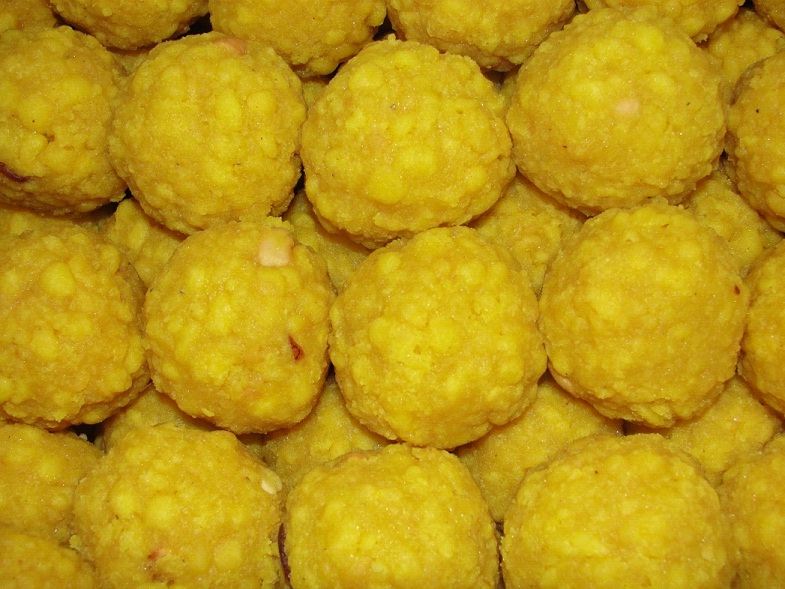
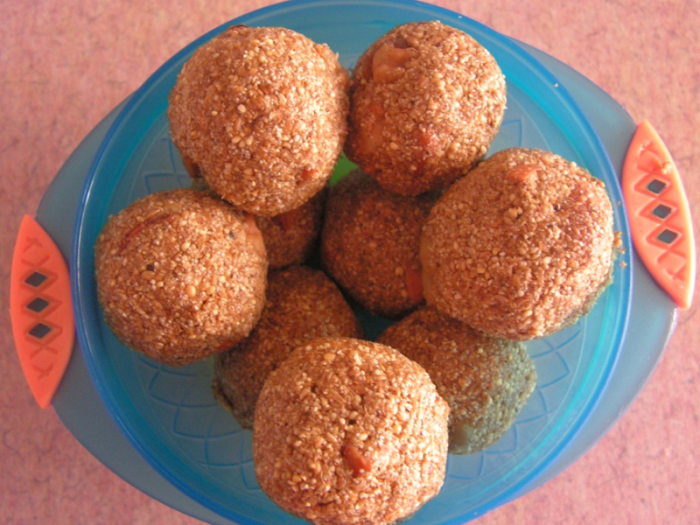
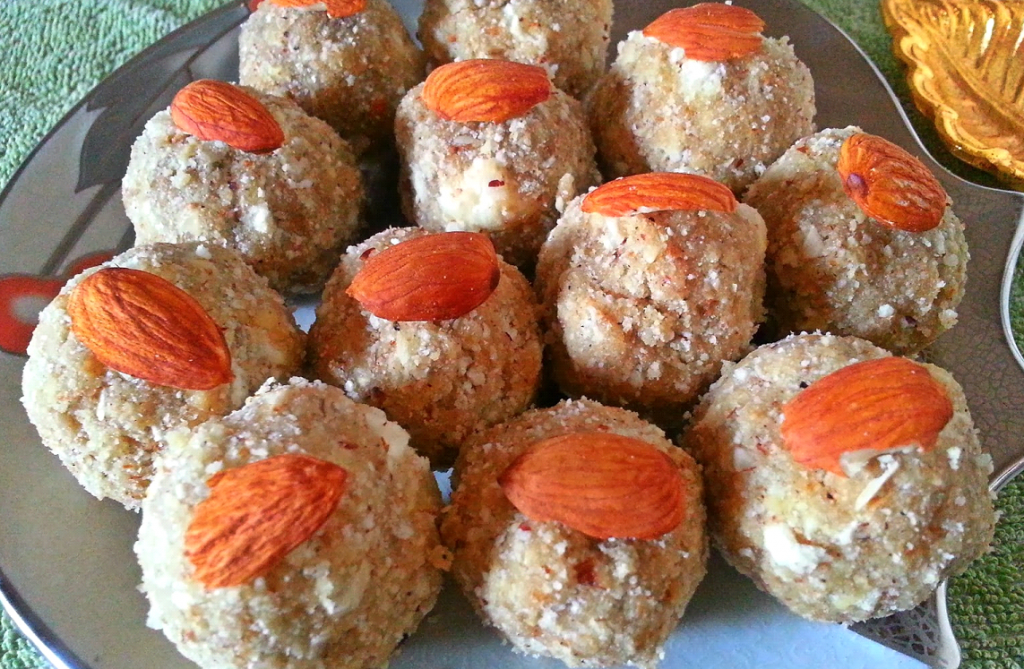
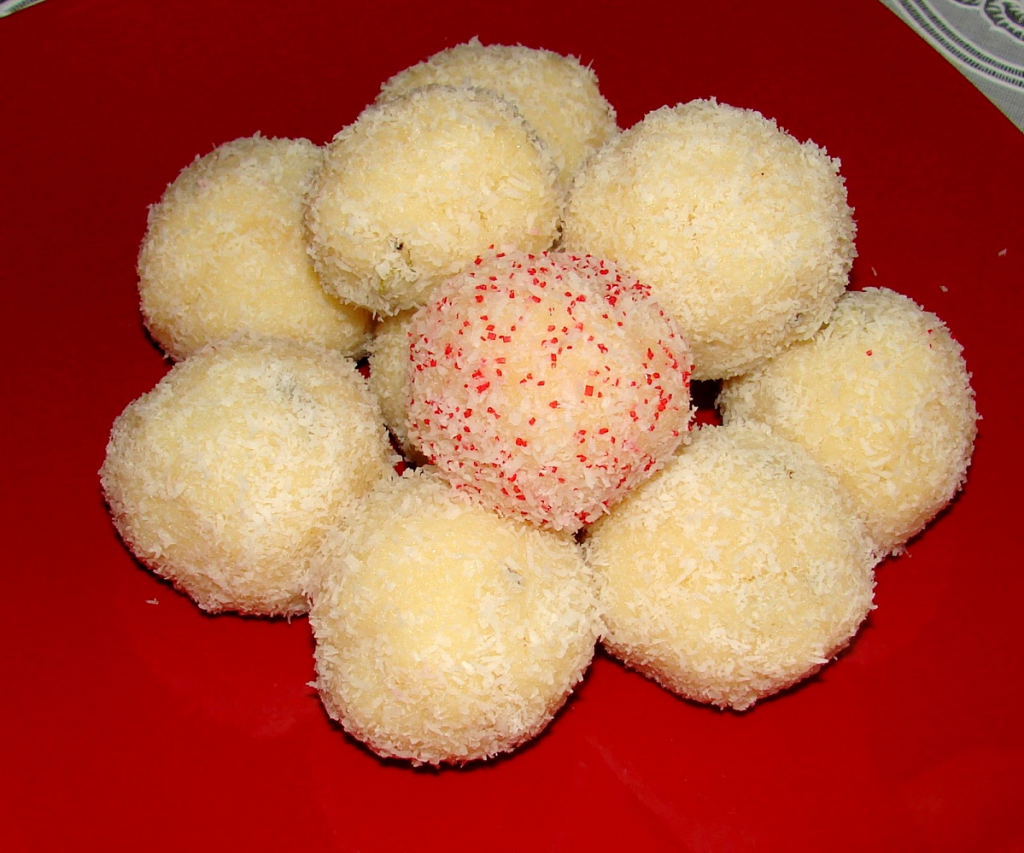
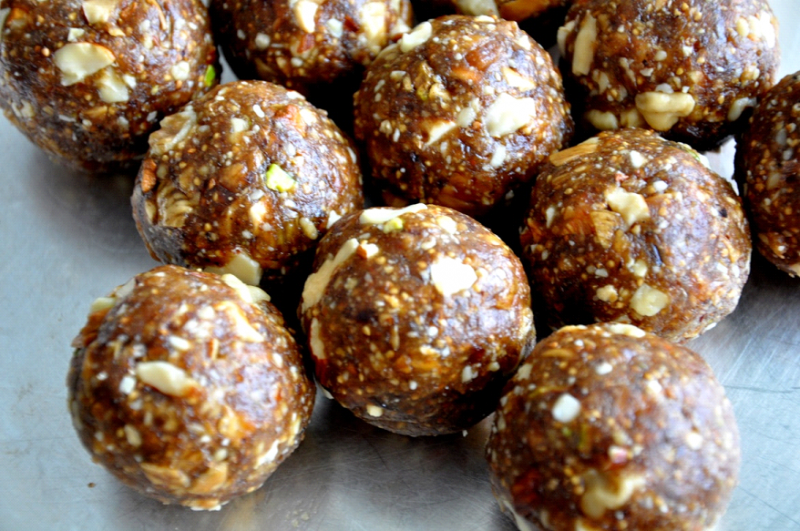
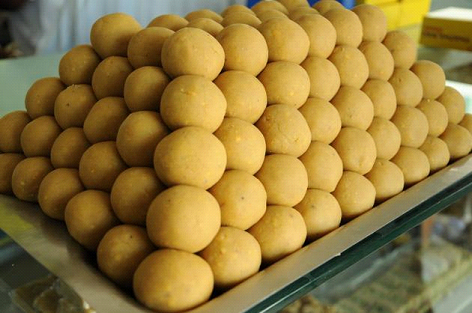

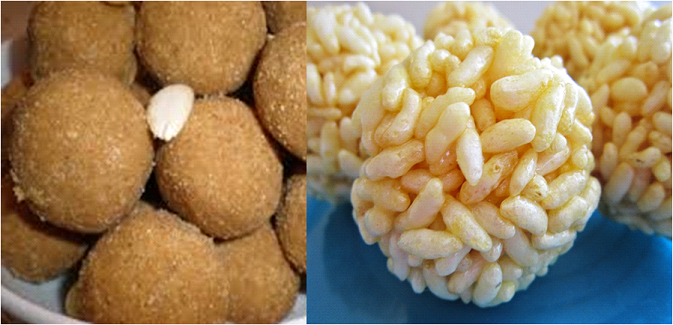
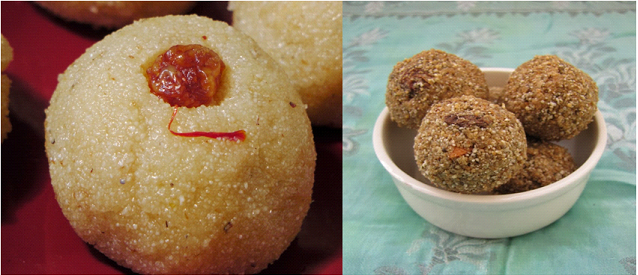




















One Comment on “Tale of Laddus”
I have read through your article and i was satisfied of the good information that you have contributed in your article! Thanks a lot for that beneficial article!
Write a comment